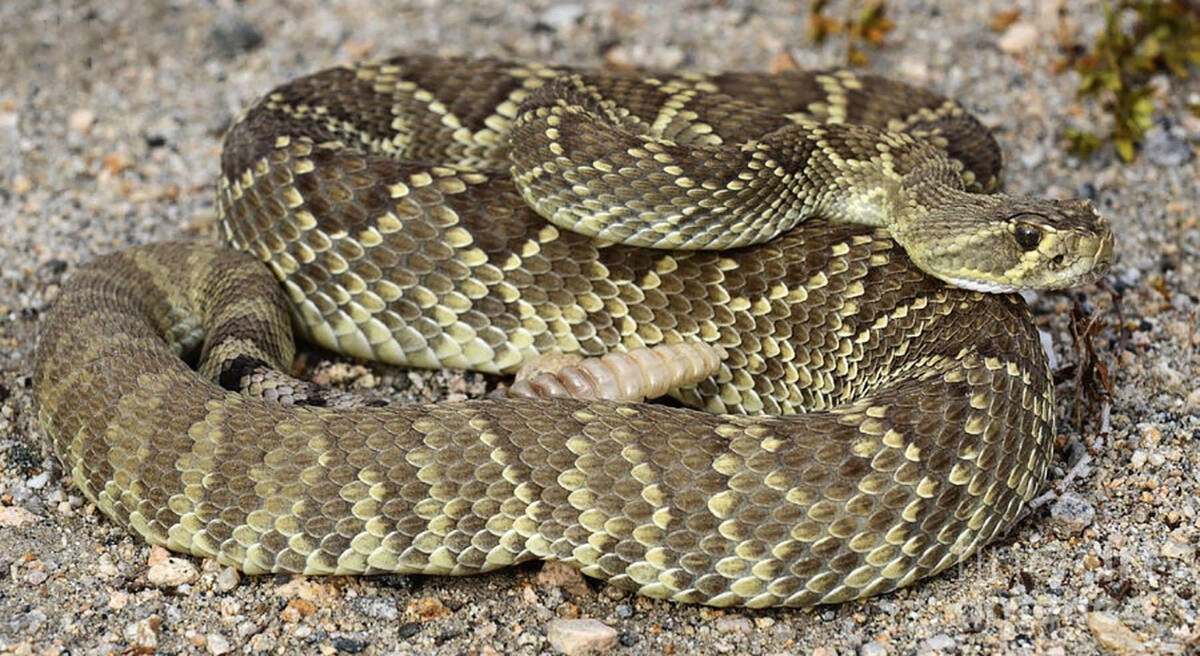Sssnake season is here
Those walking in their yards, at the park or on a desert hike need to be aware that snake season has begun.
Being that Boulder City, like most of the West, saw a late spring and an extended cold stretch, snakes are just now coming out and being seen.
“Now that it’s warm, the snakes are coming out and they’re hungry because they’ve been hibernating,” said Boulder City Animal Control Supervisor Ann Inabnitt. “It’s actually common this time of the year. We’ll see a lot now and then there will be a lull of about a month and then when it gets really hot, the snakes are going to come off the rocks and go into the shade. When it becomes too hot to be on or near the rocks, that’s when they come into people’s yards. And when it’s 110 or 120 degrees out, they really like the cooler grass.”
Two weeks ago, animal control had three calls in one day, which Inabnitt said isn’t uncommon. Numbers can vary, especially with any major construction resulting in more calls as the snakes move away from that area. This year, she’s expecting they’ll again be removing five to 10 snakes a week.
“We operate on imminent danger,” Inabnitt said in terms of response to a call. “If you have a rattlesnake in your garage, we’ll go and get it because it could hurt you. If the rattlesnake is in an area of your property where it can do you or your animal harm, we’ll come and get it. If we’re not on duty, the police will respond.”
And most calls, nearly 80%, are for venomous snakes but Inabnitt said they do get calls for those that are non-venomous. She said those types of snakes are more skittish and will usually flee when approached. Rattlesnakes, however, will back themselves into a corner, sense the danger and be ready to strike.
“When we do get a call, we tell them to keep their eyes on the snake from a safe distance,” she said. “I’m not going through all the bushes in their yard.”
On an average snake call, animal control will arrive and ensure the homeowner knows exactly where it’s located. They will tell the owner to take their dogs indoors. They take tongs and a rolling cooler with a lid while approaching slowly.
She said the best approach is to grab the snake just once because otherwise it will try and escape once touched. It’s then placed in the cooler and will be transported within the same desert range it was found.
“Snakes are important to our environment,” Inabnitt said. “People get creeped out by snakes. But they’ve always been here and they’re always going to be here.”















